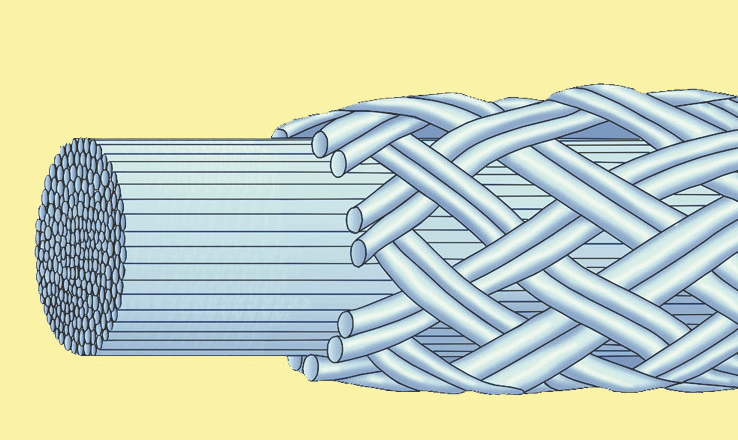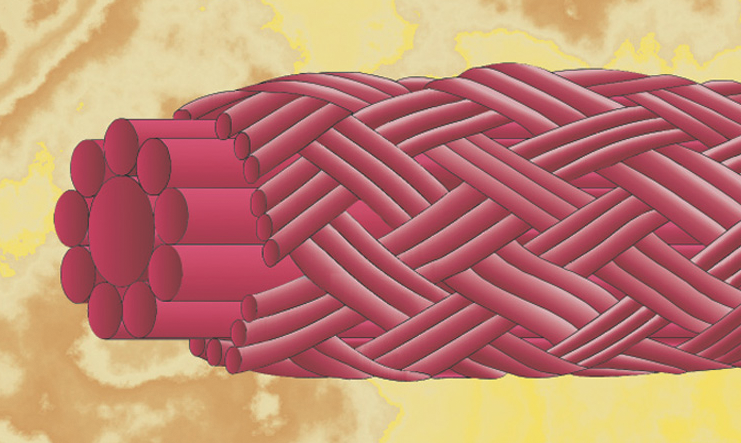 In the November 2011 issue, we talked about Ashaway’s UltraNick® family of Zyex® based strings. This time, we’ll take a look at the company’s other Zyex-based line, PowerNick®. With the UltraNick family, we talked about how Zyex helped generate “soft power.” Now, we’ll see how the same material generates “hard power” in PowerNick.
In the November 2011 issue, we talked about Ashaway’s UltraNick® family of Zyex® based strings. This time, we’ll take a look at the company’s other Zyex-based line, PowerNick®. With the UltraNick family, we talked about how Zyex helped generate “soft power.” Now, we’ll see how the same material generates “hard power” in PowerNick.

Ashaway’s PowerNick strings are available in two gauges, 18 and 19. PowerNick 18 (1.15 mm) is designed to provide “optimum power and resilience.” PowerNick 19, at 1.05 mm, is billed as the thinnest squash string ever made, and offers “superior power and ball control.” Both strings feature a Zyex core and are encapsulated with a high tenacity monofilament nylon wear surface that is textured to provide “optimum ball response and spin characteristics.” Both are rated high for tension holding characteristics, with PowerNick 18 having the edge in power and durability, and the thinner 19 gauge version offering superior feel and control.
But what do we mean by “hard power” and how is it possible to generate both “hard” and “soft” power from the same material? Hard power is “pop,” that sensation of the ball leaping off the racquet the instant it strikes. It’s a function of elasticity or dynamic stiffness. Where UltraNick strings will give and stretch a bit before rebounding—making for a “softer” feel—PowerNick strings are stiffer and rebound faster, driving the ball. Some say the racquet even sounds like a bongo drum!
These differing effects are partly achieved by the formulation of the Zyex material, but the key is in the method of core construction. With UltraNick strings, the Zyex core is composed of hundreds of very fine, very strong filaments, hence the name “multifilament.” With PowerNick, the core is composed of a single, large monofilament surrounded by a number of slightly thinner monofilaments, hence the name, “multi-stranded monofilament.” And with PowerNick 19, the manufacturer of Zyex even developed special downsized monofilaments for Ashaway that allow the string to function at such a thin gauge.
These factors, along with the way the braids are woven and coated, are what give UltraNick and PowerNick strings their individual characteristics. But they are very difficult to describe: we have only a few words to describe how strings behave, and preferences are so subjective, you really have to try a string for yourself to see how it plays for you.


